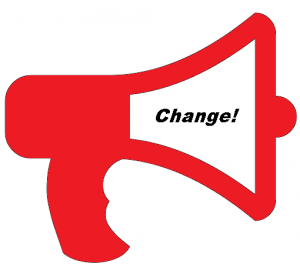
Did you know that current research indicates that the No. 1
leadership skill most managers lack is communication with empathy?
The need to “create a communication-friendly environment” was the first choice
listed on the top 10 skills and qualities of leaders by Officevibe,
a fast-growing web-based tool for human resource and business leaders. And in
2015, an Interact/Harris
Poll of approximately 1,000 U.S. workers illustrated the importance of
opening those communication lines with empathy. In the poll, 91% of employees reported
that communication is an area where executives need to improve, and a closer
look at the results reveals a striking need for more empathy in the workplace.
A failure to recognize employee achievements was cited by 63% of respondents,
topping the list of specific communication issues. That list also included refusing
to talk to subordinates (51%) and taking credit for others’ ideas (47%). Some
in the survey even complained of bullying by management.
All employees are entitled to a respectful work environment, but communication with empathy can impact more than that. As it raises team morale, it also can improve the bottom line.
According to Gallup’s 2015 State of the American Manager, disengaged employees cost up to $500 billion in lost productivity per year – with poor managers responsible for at least 70% of that employee disengagement. Liz Ryan, HR professional and author of the book Reinvention Roadmap, says the No. 1 skill these managers need is what she calls “perspective-taking.” In her column on that subject for Forbes.com, Ryan spells out a “working” definition of communication with empathy. “The more often you consciously step out of your own perspective to take someone else’s view, the more powerful you will become,” Ryan says.
So if you are trying to narrow the focus of any leadership training and development efforts you may be considering in the near term, this is one you may want to prioritize for anyone who manages people.
– – – – – – – – – – – – – – – – – – – – – – – – – – – – – – – – – – – – – – – – – – – – – – –
Learning Dynamics offers training, organization development and coaching services that can help your organization grow and excel. Contact us today, call 203.265.7499 or email jdemaio@learningdynamics.com.




